The Lunation Cycle: A Key to the Understanding of Personality
$11.83
| Author(s) | |
|---|---|
| Format |
|
| Pages |
212 |
| Publication Year |
1967 |
Rudhyar’s innovative presentation of the Progressed Lunation Cycle is an invaluable technique providing insight into how to use all life events in the actualization of inner potentials. The meaning of specific events are viewed as an ordered series of Lunation phases, within the context of your whole life pattern, from birth to death. This is a practical and clear way to anticipate major turning points and transition periods, and to understand our individual schedules of unfoldment.
This pioneering classic provides a new dimension in the use of Astrology as a powerful tool in understanding life patterns. The Lunation Cycle is a unique technical breakthrough revealing the significance of the cyclic relationship of the Sun and Moon as phases of a larger process. Rudhyar formulates and describes here for the first time, the eight Soli-Lunar types of personalities and the importance of the New Moon Before Birth and the Progressed New Moon charts. This groundbreaking book includes:
- The Sun and Moon as a dynamic pattern of relationship.
- The Part of Fortune as an index of personality and happiness.
- The Part of Fortune in the houses and zodiacal signs.
- The Part of Spirit
- The Planets in relation to the Lunation Cycle.
Author’s Note:
Astrology can be defined as a technique for the study of life -cycles. Its main purpose is to establish the existence of regular patterns in the sequence of events constituting man’s inner and outer experience; then, to use the knowledge of these patterns in order to control or give meaning to these experiences. As a man learns to control the genesis, development and recurrence of his experiences, he achieves mastery. This is the goal of the “adept” or the scientist—a goal which deals with the accurate timing of actions and the adjustment to expected reactions. On the other hand, as man gives meaning to his experiences by referring them to the cycles of his individual being or of humanity at large, he develops a conscious and inclusive attitude to life. He gains understanding and wisdom, which is the goal of the philosopher. Indeed, the study of cycles—that is, of periodical activities in nature, human and otherwise—is the root of all significant knowledge, be it scientific or philosophical. And the study of cycles is a study of time.
There has been much unnecessary confusion as to the nature of time. And the confusion originates mainly in the failure to differentiate between “generic” time and “individual” time. Generic time—objective time—is the time measured by the calendar and by clocks; the time which makes the peasant plough the field and reap the harvest, which establishes the normal, natural thythm of biological functions in human bodies. It is the very matrix into which the common activities of human beings flow.
Just as the social activities and common reactions to life of the average person are structured by the cultural-religious traditions and the laws of his country, likewise, at a still more basic level, man’s generic activities and his objective sense of time are structured by celestial cycles. The latter not only serve to “measure” time; they are the very substance of generic time. And the fundamental characteristic of this time, of which all men are compelled to be aware, is that it is cyclic. It is cyclic because it is established by periodical changes in the cosmic environment of mankind—that is, by the ordered activities of cosmic wholes, of which our globe is only a very small part.
Beside this objective time, valid for all human beings, there is an individual time, which is experienced by individual entities as subjective duration. It is experienced as a normally unconscious, organic psychic feeling; and this feeling eludes standardization, depending as it does upon the more or less individualized rhythm of the experiencer and upon particular, unduplicatable conditions. Subjective duration is a resultant of the state of organic wholeness. It is an expression of the particular rhythm of a particular organic whole functioning truly as a whole and not merely as part of a larger whole.
Contents:
- ASTROLOGY, TIME AND CYCLES
- THE LUNATION CYCLE, AS A DYNAMIC PATTERN OF RELATIONSHIP
- THE EIGHT LUNATION TYPES OF PERSONALITY
- THE PART OF FORTUNE
- THE PART OF FORTUNE AND THE PART OF SPIRIT
- THE PLANETS IN RELATION TO THE LUNATION CYCLE
- THE PROGRESSED LUNATION CYCLE
The Lunation Cycle: A Key to the Understanding of Personality By Dane Rudhyar pdf
15 reviews for The Lunation Cycle: A Key to the Understanding of Personality
Clear filtersOnly logged in customers who have purchased this product may leave a review.


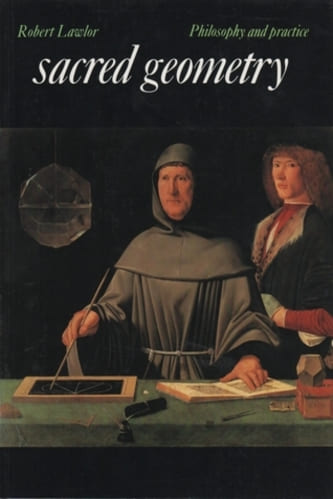
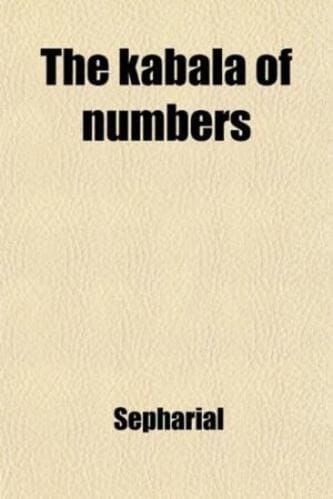
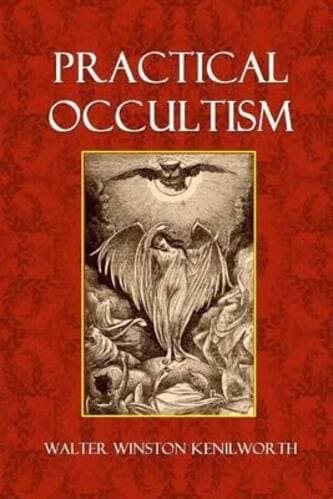
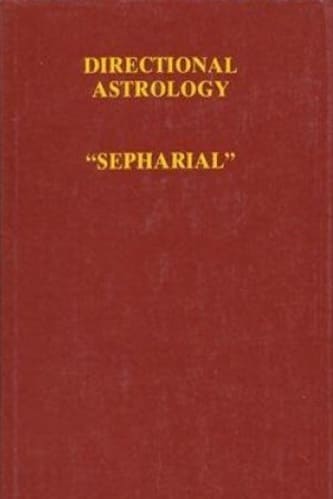

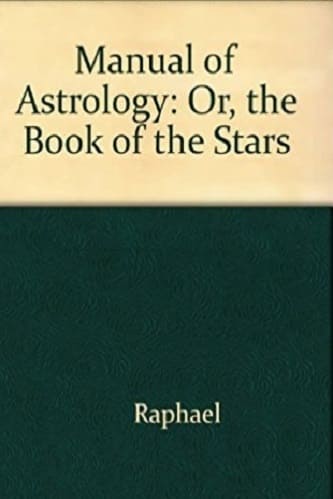
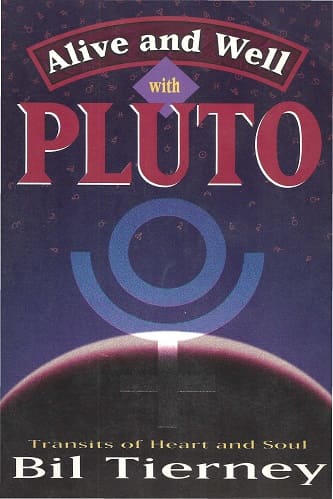
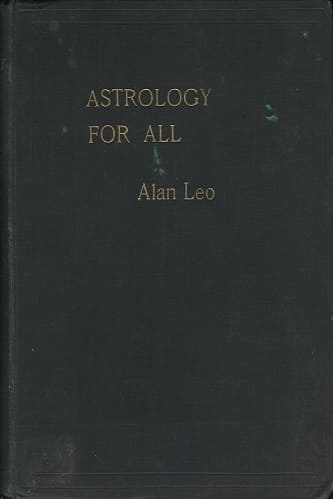
Promise Grimes (verified owner) –
Easy to read and very informative
Reece Drake (verified owner) –
Recommend this to anyone interested to anyone interested in lunar cycles. It is a real eye opener and beautifully explained.
Lyra Wu (verified owner) –
Dane Rudhyar is well known in astrological circles. Its a fascinating book to read in respect of cycles of the moon. It was written many years ago but still provides insights into people’s behaviour today. If you know a little about your own horoscope you will find this book of great interest.
Nellie Hendrix (verified owner) –
Grateful for this book as I find Rudhyar’s work to be amazing, scholarly, such depth. This book encompasses the lunar phases as well as the Part of Fortune. I hope to see more and more of Dane’s books becoming available as many are long out of print.
Mazikee Hicks (verified owner) –
A complete book about moon
Korbyn Pittman (verified owner) –
Great book to learn about different stages of the moon in more depth
Maddox Gonzales (verified owner) –
There are not enough astrology books out there about the lunation cycle, so I was thrilled when I came across this one. However, I was found it so poorly written. The author’s ability to construct lucid sentences was nowhere in evidence. I would not recommend this book to better understand the lunation cycle.
Alden Patrick (verified owner) –
I don’t think this book is well-written. It is difficult to follow and he seems to go around and around too much.
There are some insights now and then. Maybe I will read it again.
Azrael Enriquez (verified owner) –
Amazing book. A keeper to read over and over. Dane Rudhyar is the most insightful astrologer in the world.
Jayleen Roberson (verified owner) –
A most excellent book, so much insight into personality and life phases. I wold have never expected such depth of knowledge to come from a seemingly short book but it does!
Brinley Trujillo (verified owner) –
Excellent book if you’re an astrologer and want to more about the cycles of the moon. Well written and easy to follow.
Kyson Collier (verified owner) –
Amazing, just like all of his books! Informative, quick read and poetic!
Hadley Drake (verified owner) –
Fabulous little book! Opened me up completely to a deep understanding of the Sun/Moon phase angle as they manifest in the eight monthly Lunar phases. It is a spiritual experience to read this book. Thank you!
Dulce Cisneros (verified owner) –
First published under the title, “The Moon, the Cycles and Fortunes of Life”, this book is a helpful addition to any astrology collection.
The relationship of the sun and moon in one’s chart is the very basis of one’s personality.
A valuable section is included on the Parts of Fortune and Spirit, with detailed information on their definitions. The Part of Fortune through the signs and houses is a good reference
for the beginning or intermediate student, and the lunation phases are discussed in relation to the other planets.
Discover how the moon is the “weaver” shuttling between the inner and outer planets of our solar system! Mr. Rudhyar uses the solar chart (sunrise) to explain the effects of the other planets upon the moon and upon one’s creative expression and personal life.
And just what is your “lunation birthday”? Find out in The Lunation Cycle, by one of the very best and innovative astrologers ever.
Yep, I can highly recommend this book!
Apollo Travis (verified owner) –
Dane Rudhyar’s legacy of metaphysical, insightful astrological work lives on! This offering is practical, irreplacable and timeless, even as its uses involve the understanding of time itself through the Sun/Moon relationship. All temporal existence holds its story via a birth time, an arising “self” which for a time lives and grows on this plane of existence, and then includes a release of the personality & soul from the very identity its own birth story describes. This cyclical mystery affects all of creation from the birth of an idea or nation-state, to the nuanced unfoldment of an individual human consciousness, as expressed via the natal & progressed horoscope. Leyla Rael Rudhyar also contributes to this understanding in her segment of the book. The Self further grows through the various stages of prescribed life events mirrored by interconnected cycles of increase and decrease. This knowledge is like a life-giving elixir for humankind, as we all need reflection and more accurate orientation of perception, to be free of our often self-imposed suffering, through narrow understanding and “wrong identification” as the body itself. The body/personality is just the beginning of our story. The personality/ego vehicle, is like a “skin-car”, which will fall away when a particular phase of existence has fulfilled its life-story, however short or long, on this road of life. The Rudhyars remind us that our immortal soul is connected to all of life, so we can step back and view our challenges in the broader and deeper context of this larger unfolding cycle.
In anchoring our understanding of our own (and our friend’s, family members or client’s) challenges to grow beyond the limits of egoic conditions, we gain an expanded viewpoint that naturally includes compassionate acceptance of each human’s unique timing, tasks & talents. We are not what we appear to be in the superficial hold of current cultural projections. We are immortal souls in passage–ever growing and changing and becoming truer to our innate oneness with divine source. The Rudhyars demarcate these rites of passage using the solar-lunation cycles to orient and guide us as we grow through & observe the necessary states of existence we must experience fully to awaken to our truer nature. I love this book and highly recommend it to anyone curious about the timing of the unfolding events in their own or another’s life/death process. Few books hold such treasures as these, and I am grateful that this material is still in print. I hope it continues as long as humans investigate the nature of existence and the challenges of daily life and true identity.